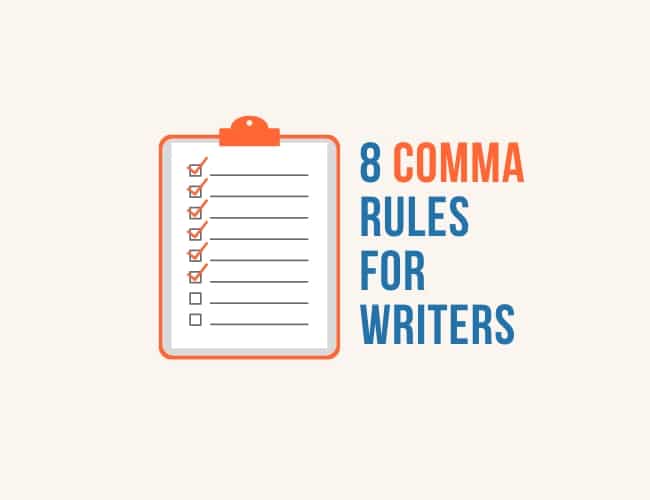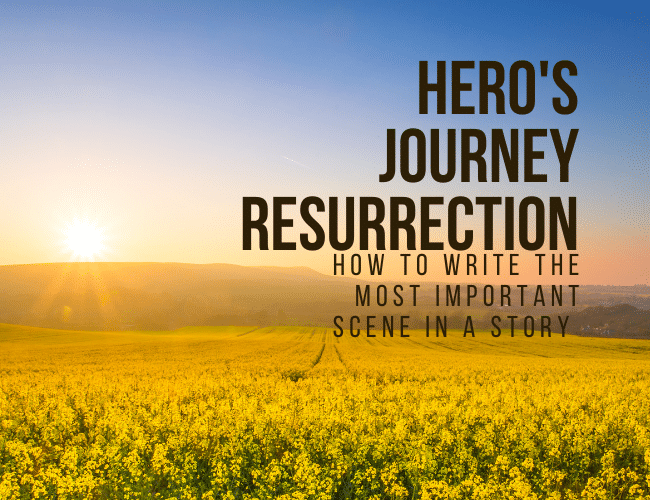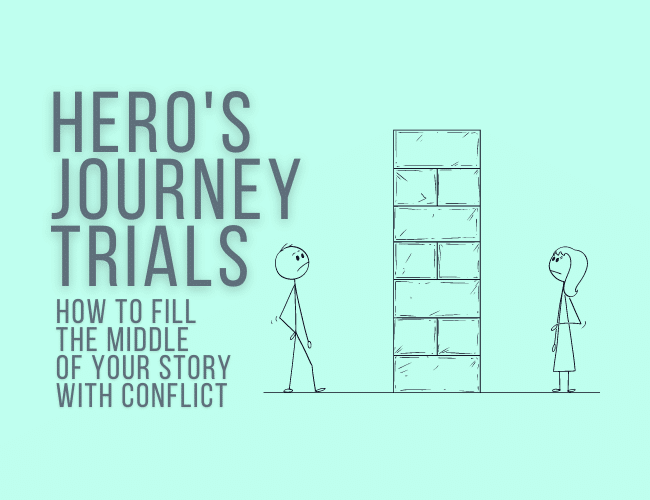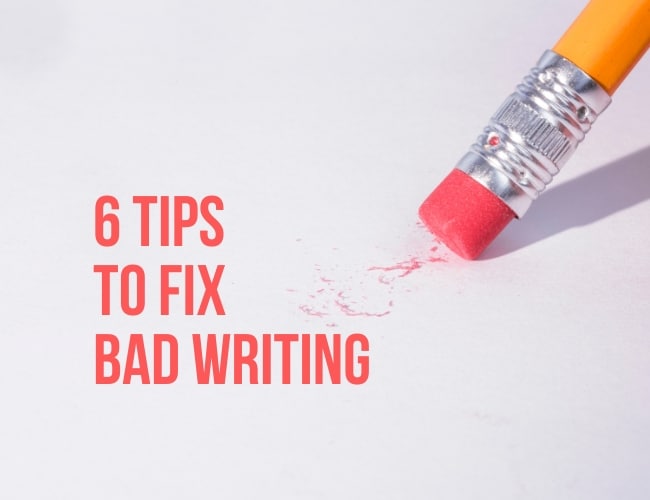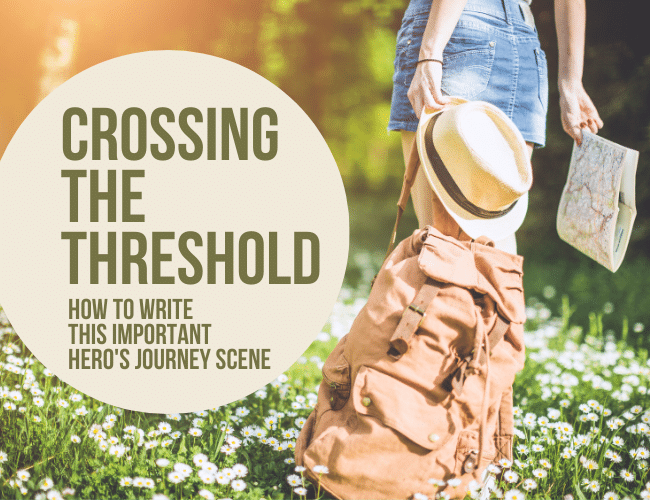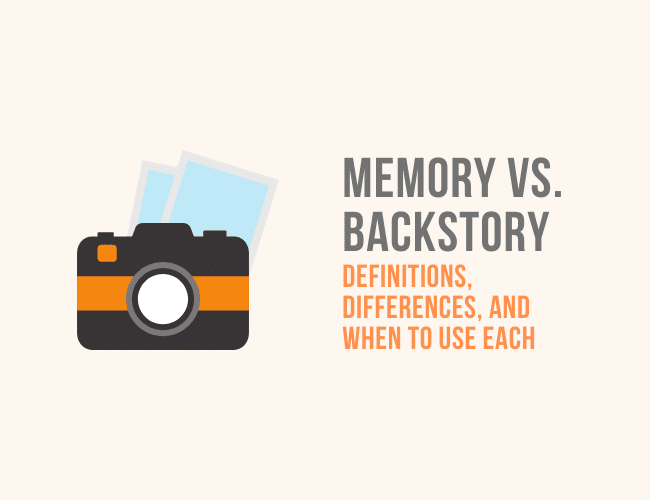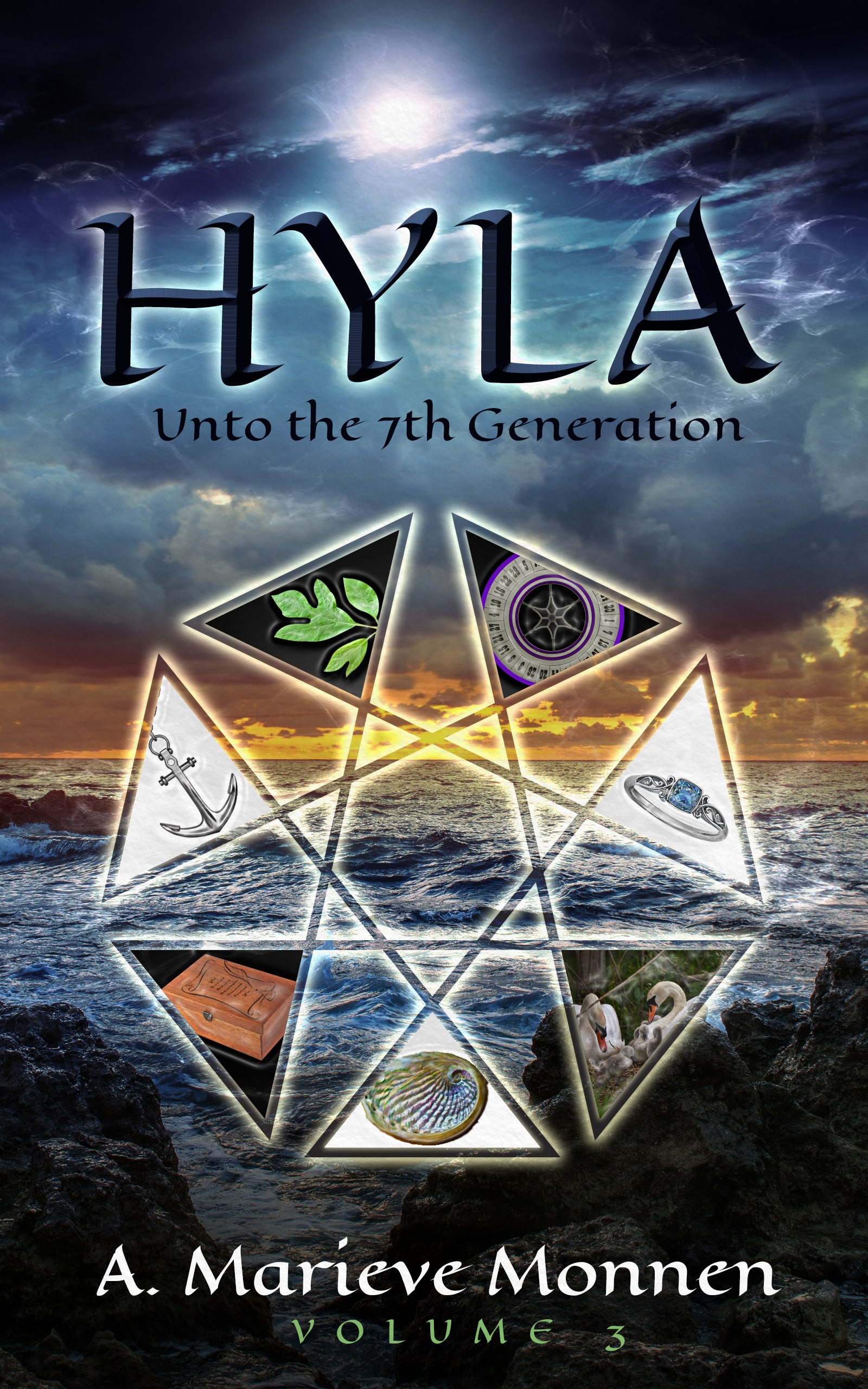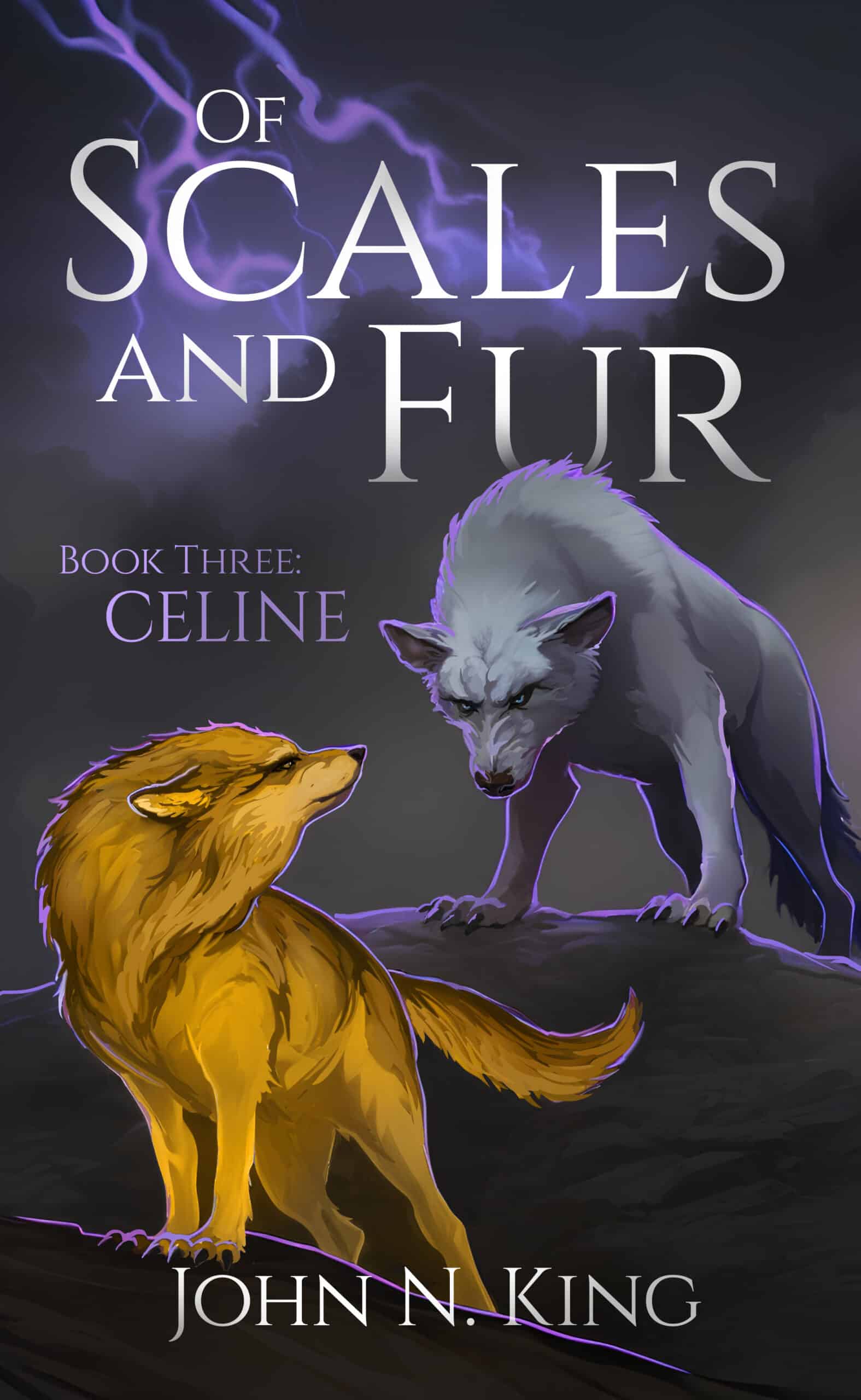Commas matter. That tiny period-with-a-tail can change the meaning of your entire sentence, and your use of it quickly demonstrates just how well you know the English language.
Today, I have just a few comma tips for you. This is nowhere near an exhaustive guide, but if you learn these 8 comma rules, you’ll give a better impression with your written word everywhere you go.
